Editor’s Message
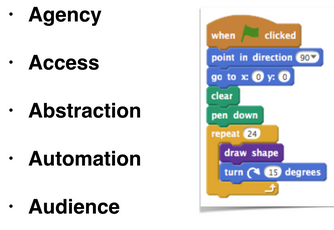 5 straight A’s for coding + math — George Gadanidis
5 straight A’s for coding + math — George Gadanidis
Coding in the math classroom offers 5 ways to enhance math thinking, doing and conceptual understanding: agency, access, abstraction, automation & audience.
Featured Articles
 Just like mathematicians do it! — Chantal Buteau & Eric Muller
Just like mathematicians do it! — Chantal Buteau & Eric Muller
We have increasingly been hearing about coding and coding + math. Mostly for school, pre-school and also teacher education. Have you ever wondered if coding + math happens in university education, and if so, what form it may take?
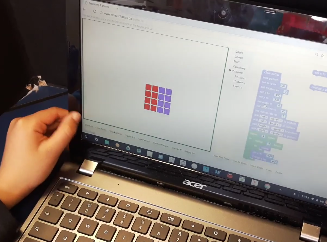 Fractions + infinity in Grades 3-4 — Alycia Cazzola, Melanie Drummond, Katherine Kenney, Rebekah McElhone & Judy Mullen
Fractions + infinity in Grades 3-4 — Alycia Cazzola, Melanie Drummond, Katherine Kenney, Rebekah McElhone & Judy Mullen
There was a lot of incidental learning. “One thing I noticed was the kids’ ability to reduce fractions to their smallest for, ie. 50/100 was 1/2. Equivalent fractions was definitely a big lesson for that day!”
 Developing a math + computer science cohort in grade 10 — Jeff Cummings
Developing a math + computer science cohort in grade 10 — Jeff Cummings
We are creating a Grade 10 credit package (2 credits) where a student can earn their compulsory Grade 10 Math credit and a Grade 10 Computer Science credit.
 21C knowledge construction — Joe Russo
21C knowledge construction — Joe Russo
TCDSB, funded by the CODE Technology Learning Fund, has been exploring ways to increase student engagement in mathematics by incorporating the use of ICT for learning. This year our focus is coding and grade 5 mathematics.
 Coding formula — Aya Furusawa
Coding formula — Aya Furusawa
None of my students had any previous experience with coding, but they were instantly filled with excitement at the idea of being able to create something of their own on the computer.
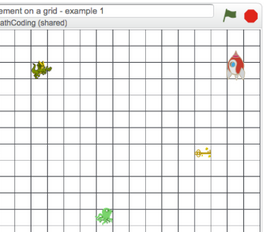 Movement on a grid — Rebekah McElhone
Movement on a grid — Rebekah McElhone
A lesson using Scratch with the learning goal of describing movement from one location to another using a grid map.
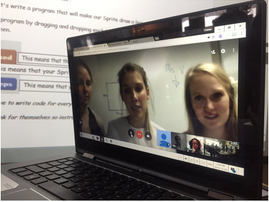 Long distance coding — Louisa Graefin von Waldburg-Zeil
Long distance coding — Louisa Graefin von Waldburg-Zeil
The students all had laptops, and I along with two other teacher candidates communicated with the classroom using a Google hangout.
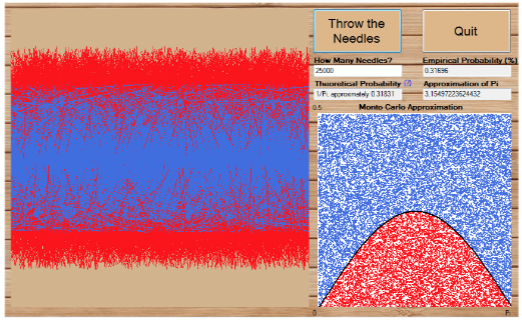 Needles, pi(e) and coding — Alana Mulder & Chantal Buteau
Needles, pi(e) and coding — Alana Mulder & Chantal Buteau
One of the affordances of the computer when doing (or learning!) mathematics is the possibility of running large (well, let’s be honest, very large!) simulations. With coding, one can design such a simulation with a specific aim in mind.
